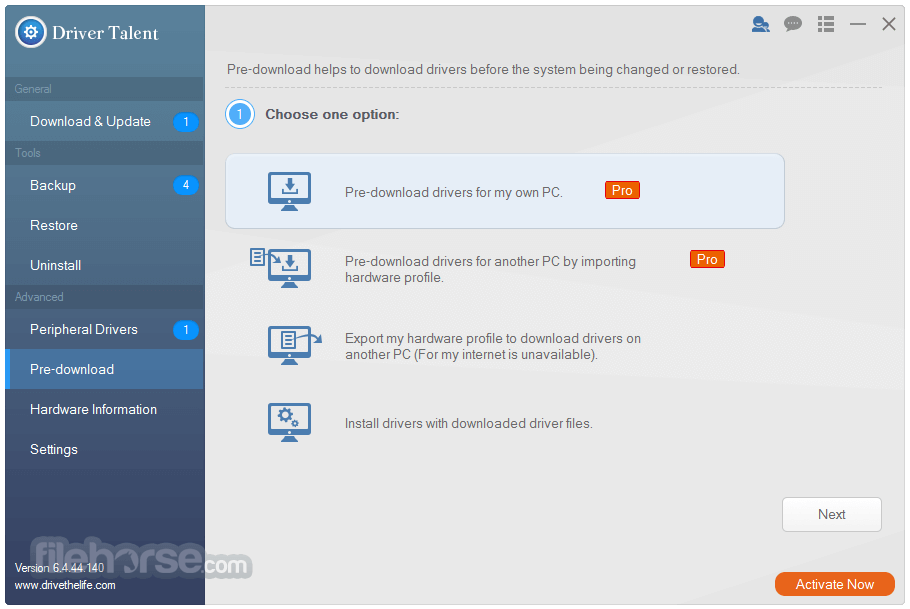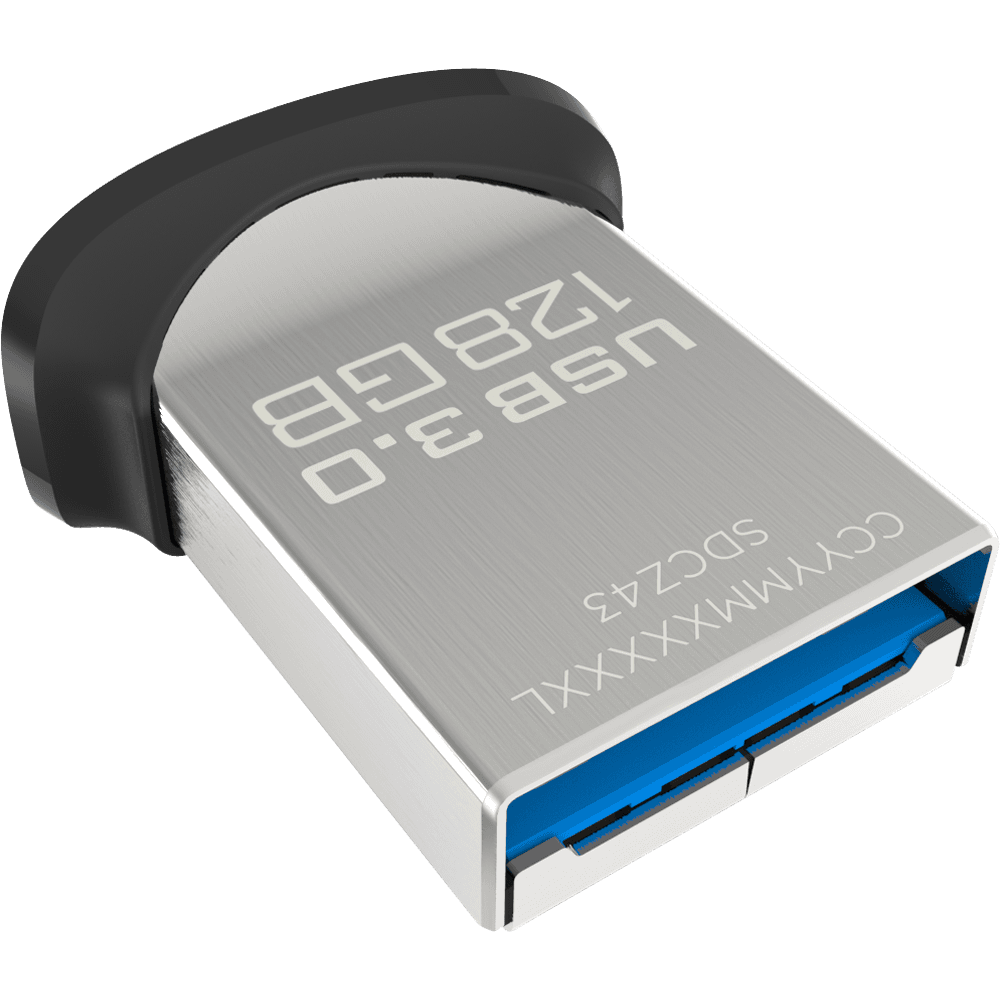Alternatively referred to as an IO device, an input/output device is any hardware used by a human operator or other systems to communicate with a computer. As the name suggests, input/output devices are capable of sending data (output) to a computer and receiving data from a computer (input).
Examples of input/output devices
- CD-R/RW, DVD, and Blu-ray drive
 Tip
TipDrivers Etron Input Devices Download
See our input device and output device definitions for a list of each type of device.

Etron USB 3.0 Host Controller Driver. Download input device drivers or install DriverPack Solution software for driver scan and update. Syba SD-PEX20158 2 Port USB 3.0 PCI-Express 1.0 x1 Card. Step into the future, the USB 3.0 future that is, with the SD-PEX20158. Add two USB 3.0 ports to your computer and enjoy up to 5Gbps of throughput speed for video backup and data intensive applications.

The package provides the installation files for Microsoft USB Input Device Driver version 10.0.4. If the driver is already installed on your system, updating (overwrite-installing) may fix various issues, add new functions, or just upgrade to the available version.
What are I/O device errors?
Because most hardware devices do not require an input and output communication with the computer, most IO devices are storage devices. So, when you encounter an I/O error or I/O device error it's an indication that the operating system cannot read or write to a device.
Reasons why you may get an IO device error
- Write protection is enabled. For example, if write-protection on an SD card.
- Trying to write to a disc that is not writable. For example, trying to burn to a CD and not a CD-R disc.
- No more disk space.
- The file is used by another user or computer program.
- Not enough rights or permissions to read or write.
- No physical or virtual connection.
- Bad or missing drivers preventing the drive from being accessed.
- Failing or bad hardware.
What can fix I/O errors?
Depending on what device is giving you the I/O error can change how to troubleshoot these errors. If you are not certain what device is giving you the error, follow the general troubleshooting steps. Otherwise, try following the specific steps for the device giving you the error.
General troubleshooting for I/O errors
- Reboot the computer.
- Make sure you have all of the latest drivers for your devices.
- If you are using Microsoft Windows, make sure there are no errors in Device Manager.
- If you have recently moved the computer, open the computer and make sure the cables inside the computer are firmly connected.
Drivers Etron Input Devices
Troubleshooting I/O errors with removable media
With removable media such as a floppy diskette, CDs, or SD cards I/O errors may be occurring because the removable media you are using has failed. The best way to quickly determine if this is the cause is to try an alternative. For example, if you are getting an I/O error with a disc, try another disc in the computer to see if you get the same error. If the same error occurs, then you have a problem with the drive. If you can read another disc with no errors, then it may be a bad or dirty disc.
Drivers Etron Input Devices Device
If you are using removable media such as a floppy diskette or SD card, make sure it is not write protected.
If you are trying to burn (write) information to a CD-R disc, make sure you are using a new disc. If the disc was closed, you cannot write any more information to that disc.
Troubleshooting I/O errors occurring when accessing a network file
Any I/O error encountered when trying to read or write a file over the network is caused by either a permission error or a connection issue. Make sure your connection works by trying to read/write another file in a different location. If the connection looks good, then it's likely you either lack the proper rights or the file is in use and is locked.
Related I/O device pages

CPU, Device, Hardware terms, Input, Keyboard, Output
